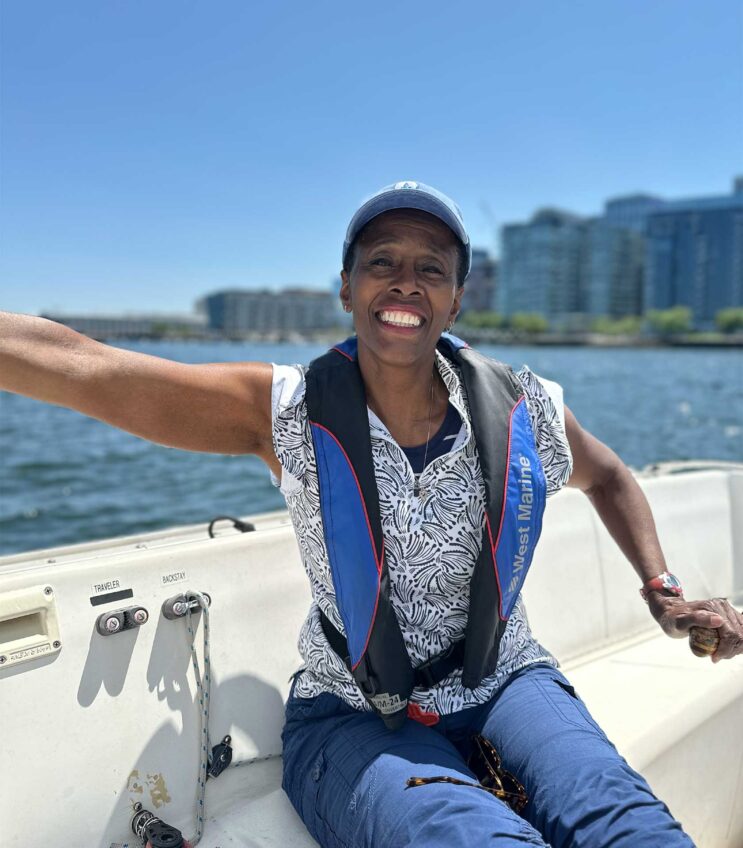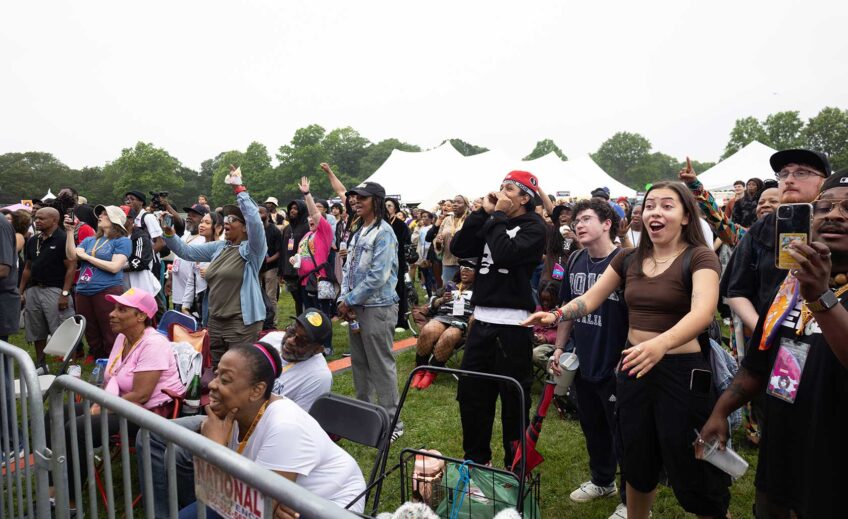MBTA ridership rebounds, somewhat, from pandemic
As riders come back, many embrace walking, bikes
A report released Friday by CommercialCafe, a commercial real estate blog, found that, in August, the number of people searching for directions on public transit in Boston was up 30% compared to before the start of the pandemic in January 2020.
The report used Apple’s Mobility Trends Report to analyze the number of searches for directions using Apple Maps as an indicator for how people might be traveling in the 50 largest metropolitan statistical areas in the United States.
Of those 50 areas, Boston ranks highest in searches for public transit directions. The report found that only 19 of the 50 statistical areas had a number of searches for transit in August that reached or exceeded pre-pandemic levels.
Data from the report shows some expected patterns — the number of searches for directions using walking, driving and public transit all dropped in March following the start of the pandemic and began a more sustained rise in February 2021 as vaccine access began to increase across the country — but Stacy Thompson, executive director of the LivableStreets Alliance, said she thinks it is not the most reliable way of looking at transit ridership trends.
“Using Google search data is not the same as using ridership data,” Thompson said. “This is actually a thing we see a lot, increasingly, in commentary about transportation demand and where people are going; they’re using cellphone data and search data, and I’m like, ‘This stuff does not tell you how people are moving.’”
She also said the data does not reflect other factors that became prevalent during the pandemic. For instance, people who lost their jobs might not be able to afford to drive somewhere, or searches for public transit directions may be up as people try to navigate transit systems that have cut or changed routes in light of lower ridership.
Thompson said using actual ridership data released by transit agencies can give a better idea of how populations are traveling.
According to the TransitMatters COVID-19 Recovery Dashboard, which sources its data from numbers released by the MBTA and from the Massachusetts Department of Transportation, total ridership on weekdays is about 54% of pre-pandemic levels.
The TransitMatters dashboard logs the 354 bus — which runs to and from North Burlington, Massachusetts — as having retained the largest ridership, at 93% of pre-pandemic levels. Of the subway lines, the Blue Line has fared the best, at 62% of ridership compared to pre-pandemic levels as of Sept. 21.
Looking forward, Thompson pointed to a July 2021 report titled “Anticipating Post-Pandemic Commute Trends in Metro-Boston” from the non-profit A Better City (ABC), which surveyed commuters to identify what their plans for commuting to work are as the city moves forward out of COVID-19 lockdowns and reduced travel.
ABC Transportation Demand Management Director Scott Mullen helped lead the July report, which was the third in a series of reports on predicted commuter trends following the pandemic. He said some of his big takeaways from the July report include an increased number of commuters are planning on biking as more workers return to in-person jobs. Seven percent of respondents said they biked to work before the pandemic; 9% said they plan to bike when they return to work.
Mullens said that as more cyclists plan on hitting the streets, Boston’s trails and bike lanes need work.
“Even though cycling continues to grow in popularity and as a commute mode, our infrastructure is really holding us back,” Mullen said. “I think most people who drive really view cyclists as a little bit crazy, when in reality it is the cleanest, the greenest, in a lot of cases the most fun and enjoyable way to navigate a city, especially a city as compact as Boston, and with a really great start on trail networks and burgeoning separated on-street cycling facilities.”
For Mullen, the ABC report also emphasized the need to seize this moment and shift the transit landscape in Boston.
“We have a chance to use COVID as a catalyst to reshape this city and this region, and my big fear is we’re going to let the future happen to us,” Mullen said. “We’re going to sit here and see how things shake out, and what we know is it’s just going to go right back to what it was. We really have to use this as an opportunity to control the future that we lean into.”
Thompson expressed the same sentiment. She said that it is important that Boston go beyond trying to predict the future and decide what future it wants to build.
“We keep acting like we don’t have control over our future. I’m seeing this reliance on, like, ‘Let’s look at cellphone data’ or ‘Let’s look at data about what’s happening right now,’ and somehow that will predict the future — when what we can and should be doing is remembering that we had and continue to have some of the worst conditions in the country,” Thompson said. “So, why aren’t we running as much transit service as possible, why aren’t we building as much infrastructure as humanly possible, because we already have the information that we know that people want to use those modes.”
Mela Bush-Miles, director of the T Riders Union and transit-oriented development director at Alternatives for Community and Environment, which runs the union, said that it is time to try something new.
“We shouldn’t be doing the same thing we were doing before, because that’s the definition of insanity: doing the same thing over and over again and expecting different results,” Bush-Miles said.






